The practice of maintaining proper feminine hygiene is a vital component when it comes to the general health and well-being of women. It is not only beneficial in preventing infections and discomfort, but it also helps increase confidence and fosters a sense of self-care. Maintaining adequate hygiene is something that should be done. Because there is such a wide range of products and techniques available, it can be difficult to determine which ones are the most effective for maintaining feminine hygiene. This guide offers six vital ideas for feminine hygiene that every woman ought to be aware of in order to ensure that she is in the best possible state of health and comfort.
1. Choose the Right Menstrual Products
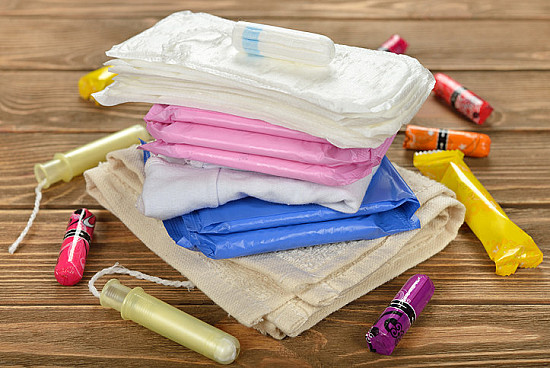
Understanding Menstrual Products
The choice of menstrual products is a personal one, and it is essential to select products that align with your comfort, lifestyle, and health needs. The primary menstrual products available include pads, tampons, menstrual cups, and period panties.
Pads
- Types: Available in various sizes and absorbencies, including day and night pads.
- Benefits: Easy to use and dispose of, with less risk of Toxic Shock Syndrome (TSS) compared to tampons.
- Considerations: Change pads every 4-6 hours to prevent odor and bacteria growth.
Tampons
- Types: Tampons come in different absorbencies and with or without applicators.
- Benefits: Tampons offer convenience and are less noticeable during physical activities.
- Considerations: Change tampons every 4–8 hours to reduce the risk of TSS. Avoid using tampons overnight to minimize risk.
Menstrual Cups
- Types: Made from medical-grade silicone or rubber, these cups are reusable and come in various sizes.
- Benefits: Cost-effective and environmentally friendly, with up to 12 hours of protection.
- Considerations: This requires proper cleaning and can take time to master insertion and removal.
Period Panties
- Types: Underwear designed with absorbent layers that can replace or supplement other menstrual products.
- Benefits: Comfortable and easy to use, with varying levels of absorbency.
- Considerations: Ensure proper washing and drying to maintain hygiene.
Tips for Choosing and Using Menstrual Products
- Know Your Flow: Choose products based on your menstrual flow. Heavier flows may require higher absorbency or more frequent changes.
- Check for Allergies: Be aware of any allergies or sensitivities to materials such as fragrances or latex. Opt for hypoallergenic products if needed.
- Practice Good Hygiene: Always wash your hands before and after handling menstrual products. Use products as directed to avoid infections and irritation.
Examples and Scenarios
- Scenario 1: If you have a heavy flow, consider using a combination of pads and tampons or switching to a menstrual cup for extended protection.
- Scenario 2: If you experience discomfort or irritation with your current menstrual product, try switching to a different brand or type, such as organic cotton products.
2. Maintain Proper Vaginal Hygiene
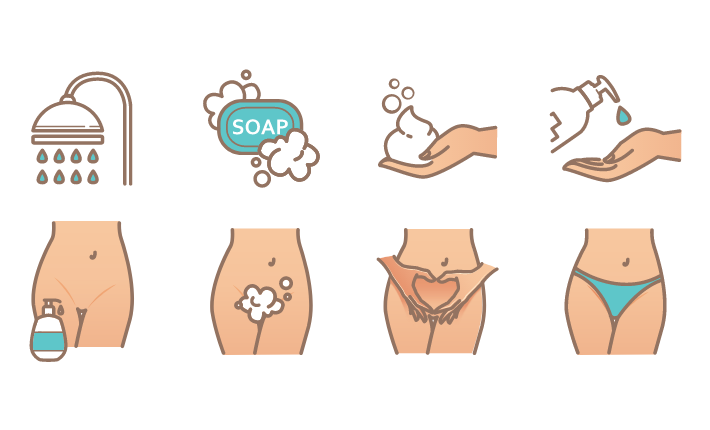
Understanding Vaginal Health
The vagina is a self-cleaning organ with a natural balance of good bacteria and pH levels. Proper hygiene is crucial to support this balance and prevent infections.
Daily Hygiene Practices
- Gentle Cleansing: Use lukewarm water and a mild, fragrance-free soap to wash the external genital area (vulva). Avoid douching, which can disrupt the natural pH balance and lead to infections.
- Avoid Harsh Products: Steer clear of scented soaps, sprays, and vaginal deodorants, as they can cause irritation and disrupt the natural flora.
Menstrual Hygiene
- Change Products Regularly: Whether using pads, tampons, or menstrual cups, ensure you change them frequently to avoid odor and bacterial growth.
- Clean After Use: If using a menstrual cup, clean it with water and mild soap before reinserting. For pads, ensure they are properly disposed of and avoid prolonged contact with the skin.
Tips for Maintaining Vaginal Health
- Wear Breathable Fabrics: Opt for cotton underwear and avoid tight-fitting clothing to reduce moisture and promote airflow.
- Stay Hydrated and Eat a Balanced Diet: Drinking plenty of water and eating a diet rich in fruits, vegetables, and probiotics can support vaginal health and overall well-being.
- Practice Safe Sex: Use protection to prevent sexually transmitted infections (STIs) and maintain regular health check-ups.
Examples and Scenarios
- Scenario 1: If you experience itching or unusual discharge, consult a healthcare professional to rule out infections or other conditions.
- Scenario 2: If you are prone to yeast infections, consider wearing breathable cotton underwear and avoiding overly tight clothing.
3. Practice Regular Self-Exams
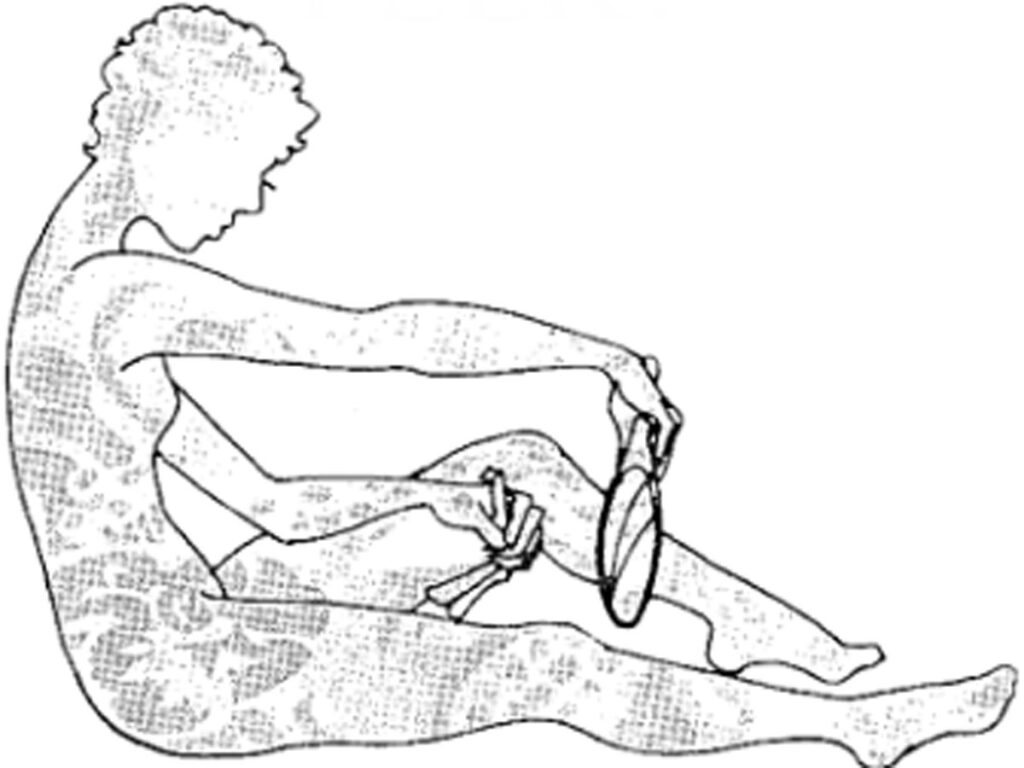
The Importance of Self-Exams
Regular self-exams are a proactive approach to maintaining reproductive health. They can help you become familiar with your body and detect any changes that may require medical attention.
Breast Self-Exams
- How to Perform: Use the pads of your fingers to gently press and check for any lumps or changes in your breast tissue. Perform the exam monthly, ideally a few days after your menstrual period, when your breasts are less likely to be swollen.
- What to Look For: A healthcare professional should take note of and evaluate any changes in size, shape, or texture, as well as any lumps or unusual discharge from the nipples.
Vulvar Self-Exams
- How to Perform: Examine the external genital area for any changes in color, texture, or the presence of sores or lumps. Ensure you are in a well-lit area and use a mirror if necessary.
- What to Look For: Any unusual changes, such as persistent itching, burning, or sores, should be reported to your healthcare provider.
Tips for Effective Self-Exams
- Create a Routine: Set a regular schedule for self-exams to ensure consistency. Mark it on your calendar or set a reminder.
- Be Observant: Familiarize yourself with your normal body conditions so you can more easily identify any changes or abnormalities.
Examples and Scenarios
- Scenario 1: During a self-breast exam, you find a small lump that doesn’t go away. Schedule an appointment with your healthcare provider to have it evaluated.
- Scenario 2: If you notice a change in the appearance of your vulva or experience discomfort, consult with your doctor to determine the cause and receive appropriate treatment.
4. Understand and Manage Menstrual Discomfort

Addressing Menstrual Discomfort
Menstrual cramps, bloating, and other symptoms can significantly impact daily life. Managing these symptoms effectively can help improve comfort and overall quality of life.
Pain Relief Techniques
- Over-the-Counter Medications: Nonsteroidal anti-inflammatory drugs (NSAIDs) like ibuprofen can help relieve menstrual cramps and reduce inflammation.
- Heat Therapy: Applying a heating pad or warm compress to the lower abdomen can alleviate cramping and muscle tension.
- Exercise and Stretching: Gentle exercise and stretching can improve blood flow and reduce menstrual pain.
Diet and Lifestyle Adjustments
- Healthy Diet: Maintain a balanced diet with adequate fiber, vitamins, and minerals. Foods rich in omega-3 fatty acids, such as salmon and walnuts, can help reduce inflammation and menstrual pain.
- Stay Hydrated: Drinking plenty of water can help reduce bloating and support overall health during menstruation.
- Avoid Excessive Caffeine and Alcohol: Reducing intake of caffeine and alcohol can help minimize bloating and discomfort.
Tips for Managing Menstrual Discomfort
- Track Your Cycle: Use a menstrual calendar or app to track your cycle and predict when symptoms may occur. This can help you prepare and manage symptoms more effectively.
- Consult a Healthcare Provider: If you experience severe or debilitating menstrual pain, consult a healthcare professional for further evaluation and treatment options.
Examples and Scenarios
- Scenario 1: You experience intense menstrual cramps that do not improve with over-the-counter medication. Consider seeing a healthcare provider to explore additional treatment options.
- Scenario 2: You notice that your menstrual symptoms are consistently affecting your daily activities. Keeping a symptom diary can help you and your healthcare provider identify patterns and effective treatments.
5. Maintain Regular Gynecological Check-ups
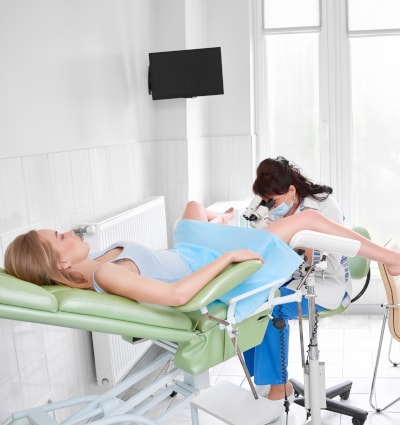
The Importance of Regular Check-ups
Regular gynecological check-ups are vital for maintaining reproductive health and detecting any potential issues early. These visits provide an opportunity to address concerns, receive screenings, and receive guidance on health maintenance.
Routine Screenings
- Pap smear: According to your doctor’s advice, a Pap smear is a screening test for cervical cancer that should begin at age 21 or when you start having sexual relations.
- Pelvic Exam: A pelvic exam allows your doctor to assess the health of your reproductive organs and check for any abnormalities.
Sexual Health and Preventive Care
- STI Testing: Regular STI testing is important for sexually active individuals to ensure early detection and treatment of infections.
- Birth Control and Family Planning: Discuss birth control options and family planning with your healthcare provider to choose the best method for your needs.
Tips for Making the Most of Your Check-ups
- Prepare Questions: Write down any questions or concerns you have about your reproductive health before your appointment.
- Be open and honest. Share your symptoms, concerns, and health history with your healthcare provider to receive the best possible care.
Examples and Scenarios
- Scenario 1: During a routine check-up, your doctor recommends additional tests based on your symptoms. Follow through with these recommendations to ensure comprehensive care.
- Scenario 2: If you experience any new or unusual symptoms between check-ups, schedule an appointment with your healthcare provider rather than waiting for your next routine visit.
6. Practice Good General Hygiene
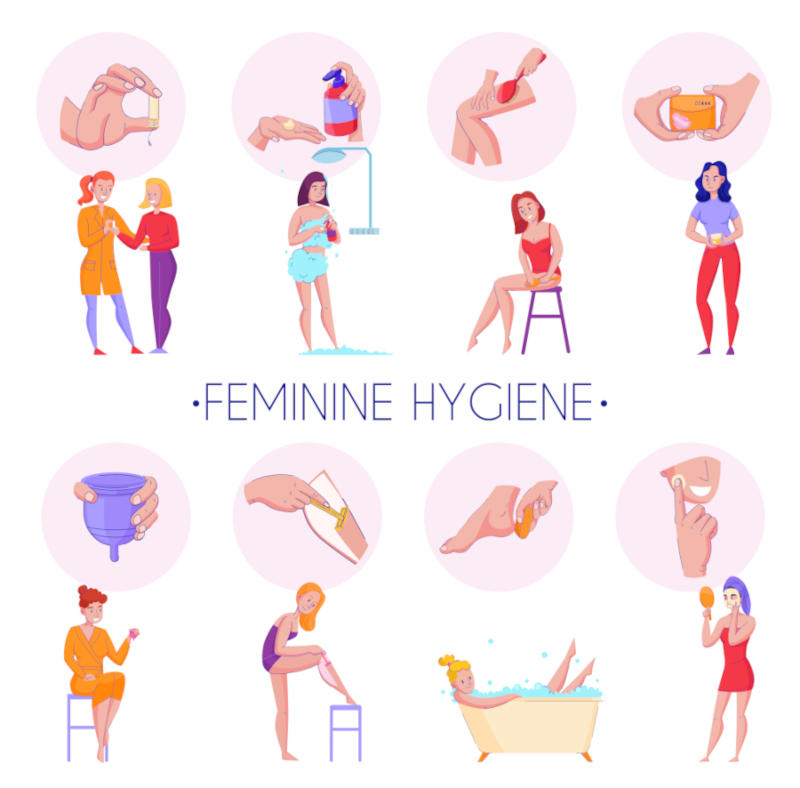
General Hygiene Practices
Maintaining good general hygiene is essential for overall health and complements feminine hygiene practices. Proper hygiene helps prevent infections.
maintain skin health, and promote overall well-being.
Hand Hygiene
- Regular Handwashing: Wash your hands regularly with soap and water, especially before and after using the restroom and handling menstrual products.
- Hand Sanitizers: Use hand sanitizers with at least 60% alcohol if soap and water are not available.
Personal Care and Cleanliness
- Shower Regularly: Bathe or shower daily to remove sweat, dirt, and bacteria. Ensure that you clean the external genital area with mild, fragrance-free soap.
- Wear Clean Clothes: Change underwear daily and avoid wearing damp or sweaty clothing for extended periods.
Tips for Maintaining Good Hygiene
- Use Gentle Products: Opt for gentle, fragrance-free personal care products to avoid irritation and allergic reactions.
- Maintain a Healthy Lifestyle: A balanced diet, regular exercise, and adequate sleep contribute to overall health and hygiene.
Examples and Scenarios
- Scenario 1: If you have been exercising and sweat accumulates, change into clean, dry clothes and shower as soon as possible to prevent bacterial growth.
- Scenario 2: If you experience frequent skin irritation or allergic reactions to personal care products, consider switching to hypoallergenic or natural alternatives.
Final thought
Maintaining proper feminine hygiene is an essential component of women’s overall health and well-being. Feminine hygiene is a crucial aspect of health and well-being for women. By understanding and implementing these six essential tips—choosing the right menstrual products, maintaining proper vaginal hygiene, practicing regular self-exams, managing menstrual discomfort, maintaining regular gynecological check-ups, and practicing good general hygiene—women can ensure optimal health and comfort.
Education and awareness are key to empowering women to take control of their feminine hygiene and overall health. By fostering a proactive approach and seeking professional guidance when needed, women can navigate their health with confidence and resilience.